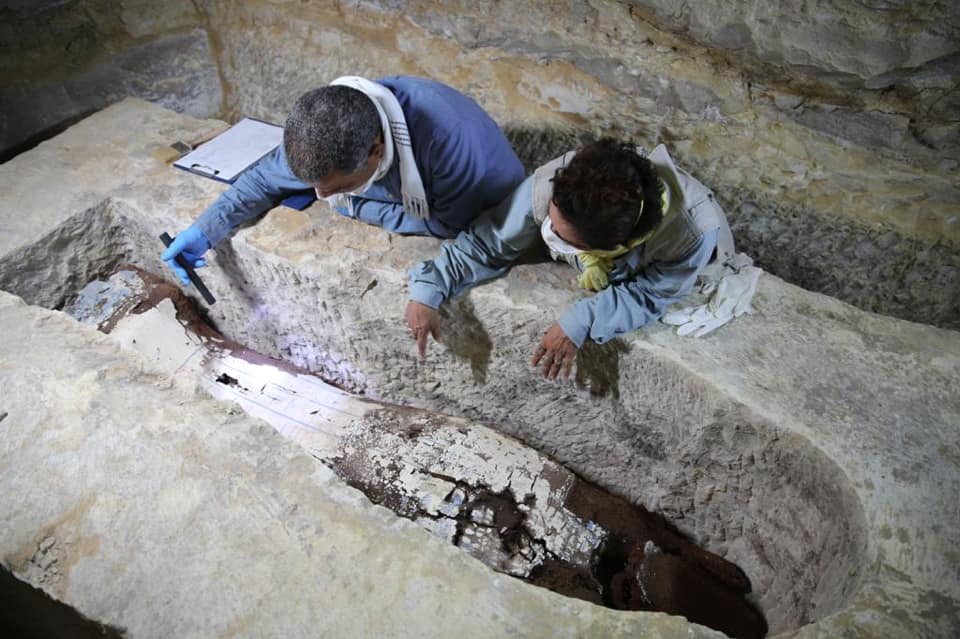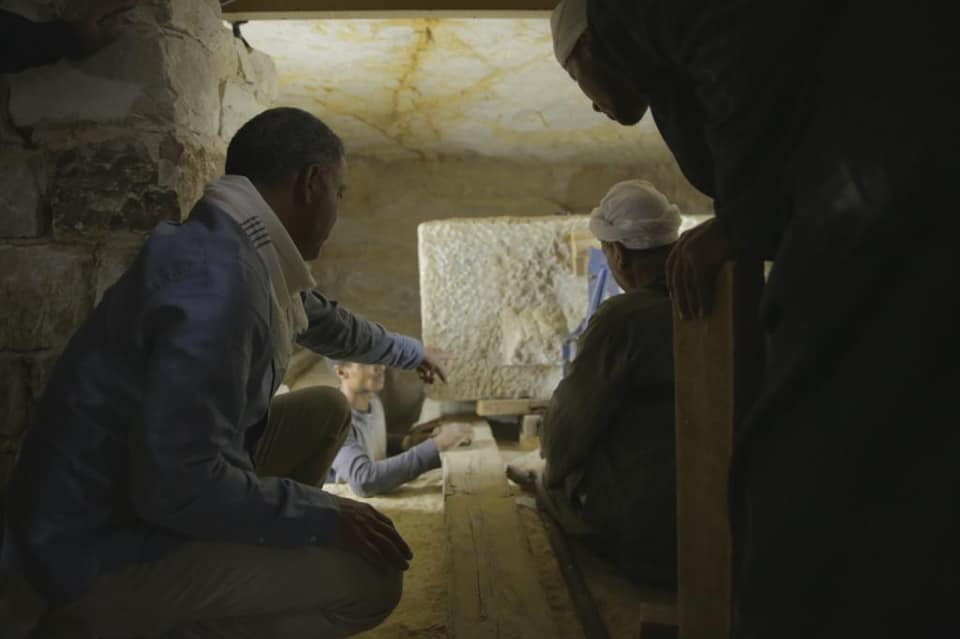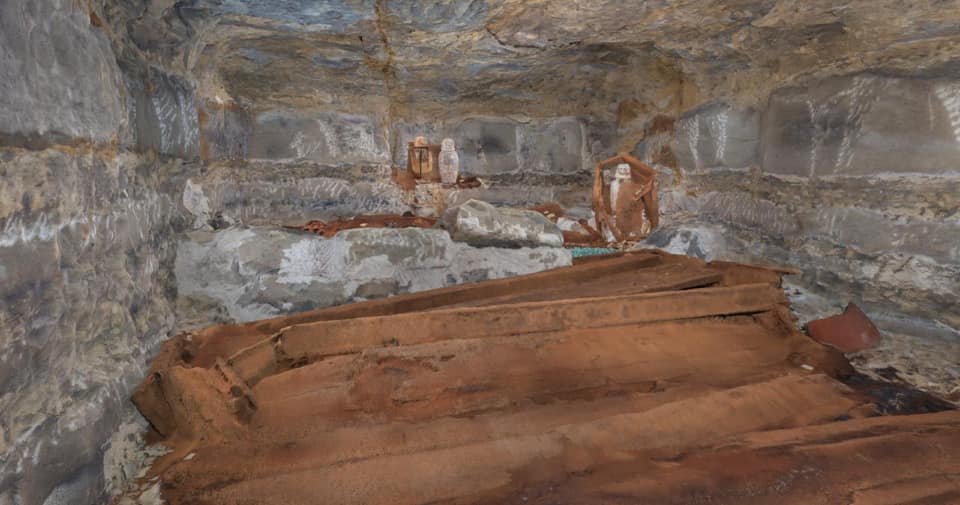May 08, 2020
In 2018, a joint German-Egyptian of the University of Tubingen team led by Dr. Ramadan Hussein made headlines all around the world when they uncovered a mummification workshop dated to Dynasty 26 (664-525 BCE).
The complex contained a mummification workshop, an embalmer’s cachette, in addition to a burial shaft with various burials. The shaft measured 30m deep and contained six tombs. The tombs revealed around 54 mummies, 5 large sarcophagi, various canonic jars, and thousands of shanti figurines. The most exciting discovery from the site was a very rare gilded silver mummy mask. The importance of such discovery led Archaeology Magazine & Heritage Daily to rate it among the top 10 archaeological discoveries in 2018.

Recent studies by the team has unearthed a new burial chamber at the bottom of the shaft, in addition to new exciting material from documentation and chemical testing of finds.
One of the newly found coffins belonged to a woman called Didi-bastett and was buried with 6 canonic jars, contradictory to the common 4 jars used to store mummified organs. CT scanning of the jars showed that the 2 extra jars contained human tissue, and further studies are being conducted to identity the additional organs.
Studies of the hieroglyphic inscription showed that the burial chambers belonged to the priesthood of a snake goddess called, Niut-shaes. This might mean that the snake goddess had a major temple in the area, specifically Memphis. Names of priests and priestesses, like Ayput and Tjanimit, show that they were immigrants from Libya who settled in Egypt during the Late Period.
Furthermore, Dr. Hussein highlighted that studies done on the silver mask shows that the silver used to produce the mask is 99.07% pure, which makes it higher than the Sterling Silver which is 92.5% pure. Chemical studies of material found inside bowls and pots showed that they contained a list of mummification material such as cedar oil, tar, resin, beeswax, animal fat and other materials.




If you wish to receive more information on our new tours, events and news of our portal, please enter your e-mail address:
